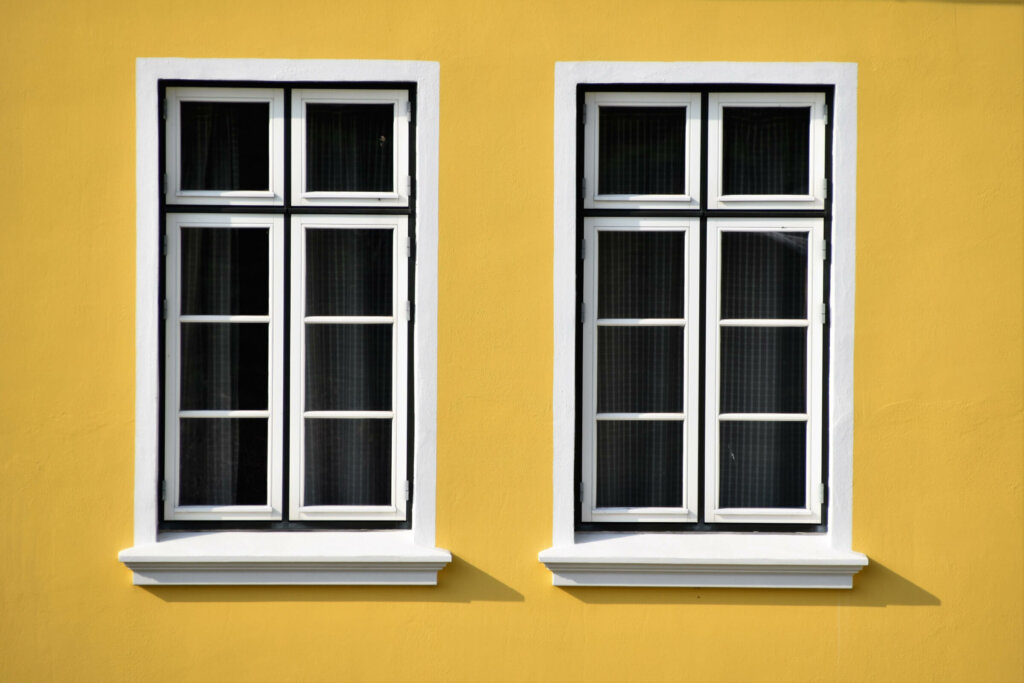Like most people, you probably think of window tint as that dark, mirrored film that makes it difficult to see into cars and homes.
But did you know that there are different types of window tint?
And that some of them can help reduce heat and UV rays.
In this blog post, we’ll discuss four things you didn’t know about window tints and how does window tint reduce heat.

There are different types of window tint.
There are two main types of window tint: metallic and non-metallic. Metallic tints are made with a thin layer of metal, typically aluminium, copper, or nickel. Non-metallic dyes are made without any metal.
Does Window Tint Reduce Heat
The answer is yes. Window film works by reflecting incoming solar radiation away from the glass, which in turn blocks up to 80% of the heat.
It can significantly affect how hot your car or home feels, especially during the summer months. Window tint can help keep your vehicle or house up to 20 degrees cooler.
If you’re looking for a window tint that can help reduce heat, look for one with a low solar heat gain coefficient (SHGC).
The SHGC measures how much heat can pass through the film and into your home. A lower SHGC means less heat can pass through the tint.
Some tints can also reduce UV rays.
In addition to providing privacy and blocking unwanted light, window tints can also help reduce UV ray exposure.
UV rays are the leading cause of sun damage and can contribute to skin cancer.
By blocking out UV rays, window tints can help to reduce the risk of sun damage and skin cancer.
It is especially beneficial in the summer when the sun is strongest. Tints are available in various tones and can be applied to both residential and commercial windows.
Look for a window tint with a high ultraviolet ray protection factor (UPF) if you’re looking for one that will help reduce UV rays.
Window tints can be applied to your existing windows.
If you’re thinking about getting window tints, one option is to have them applied to your existing windows. It can be done by a professional installer or by a do-it-yourself kit.
Frequently Asked Questions:
How much does window tinting cost?
The cost of window tinting varies depending on the size and type of window and the type of film you choose. Expect to pay anywhere from $100 to $400 per window on average. Of course, for more complex or extremely large windows, that price can change.
Is it worth it to get my windows tinted?
Yes, window tinting is worth it! Not only will it help reduce heat and UV rays, but it will also increase privacy and block out unwanted light.
How long do window tints last?
Window tints can last for a very long time with basic care and maintenance.
Can I DIY my window tinting project?
You can DIY your window tinting project, but we recommend hiring a professional for the best results.
The Bottom Line:
Window tinting is a great way to reduce the heat that comes into your home. Not only does it keep you and your family comfortable, but it can also help protect your home from UV rays and other problems. Keep these four facts in mind if you’re considering getting window tinting for your home. Thanks for reading!
